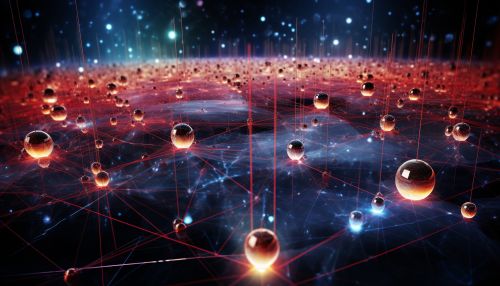The Physics of Quantum Mechanics in Quantum Teleportation
Introduction
Quantum mechanics, the branch of physics that deals with phenomena on a very small scale, such as molecules, atoms, and subatomic particles, is the foundation for the concept of quantum teleportation. Quantum teleportation is a process by which quantum information, such as the exact state of an atom or photon, can be transmitted from one location to another, with the help of classical communication and previously shared quantum entanglement between the sending and receiving location.

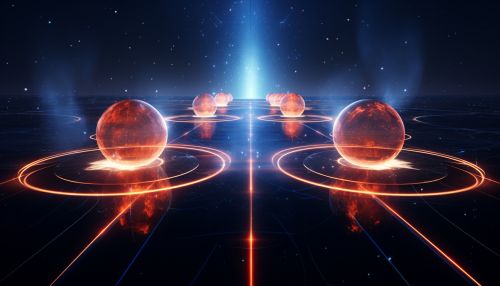
Quantum Mechanics and Quantum Teleportation
Quantum mechanics differs from classical physics in that it introduces the concept of wave-particle duality, the idea that all particles also have wave-like properties. This duality is a fundamental aspect of quantum teleportation, as it allows for the simultaneous existence of multiple states, known as superposition, and for the linking of particles in a process known as quantum entanglement.
Quantum Entanglement
Quantum entanglement is a physical phenomenon that occurs when a pair or group of particles interact in ways such that the quantum state of each particle cannot be described independently of the state of the others, even when the particles are separated by a large distance. This phenomenon is used in quantum teleportation to transfer the state of a particle from one location to another.

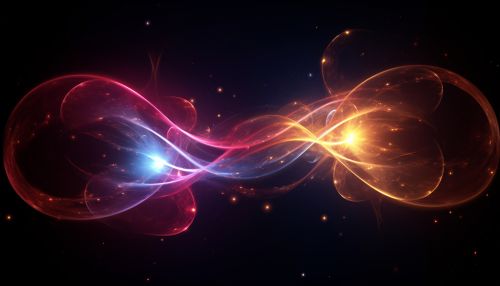
Superposition
In quantum mechanics, superposition is the principle that any two (or more) quantum states can be added together, or "superposed", and the result will be another valid quantum state. This principle allows for particles to exist in multiple states at once, a concept that is fundamental to quantum teleportation.

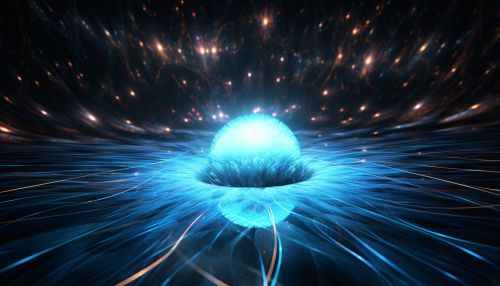
The Process of Quantum Teleportation
Quantum teleportation involves three main stages: the creation of entanglement, the sending of the quantum state, and the reconstruction of the quantum state.
Creation of Entanglement
The first step in quantum teleportation is the creation of entanglement between two particles. This is typically done by sending a photon through a certain type of crystal, causing the photon to split into a pair of entangled photons.
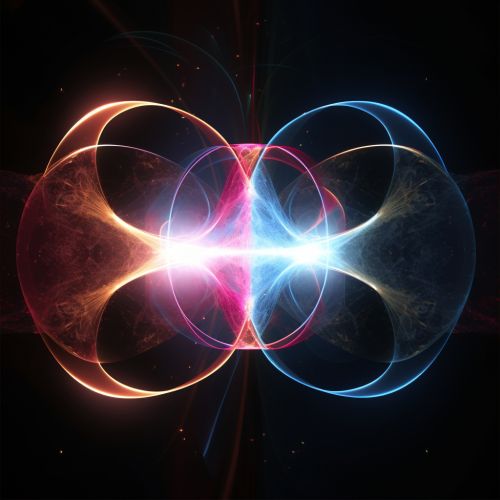

Sending of the Quantum State
Once entanglement is established, the next step is to send the quantum state that is to be teleported. This is done by performing a Bell state measurement on the particle to be teleported and one of the entangled particles. The result of this measurement is then sent to the receiving location via classical communication.


Reconstruction of the Quantum State
Upon receiving the result of the Bell state measurement, the receiving location can then use this information to manipulate their entangled particle in such a way that it enters the desired quantum state. This completes the process of quantum teleportation.
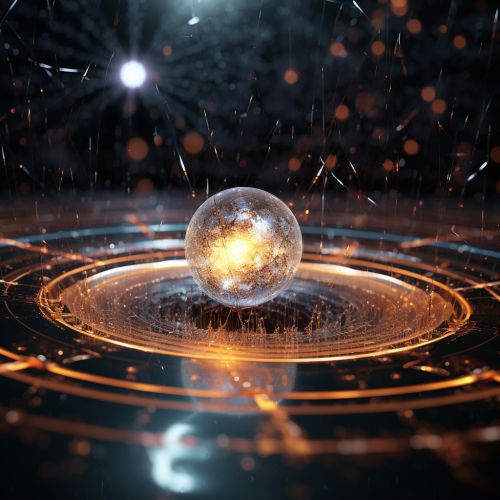

Applications and Implications of Quantum Teleportation
Quantum teleportation has a wide range of potential applications, particularly in the field of quantum computing and quantum communication. It could, for example, allow for the creation of highly secure communication networks, as any attempt to intercept the communication would alter the quantum state of the particles and thus be easily detectable.

